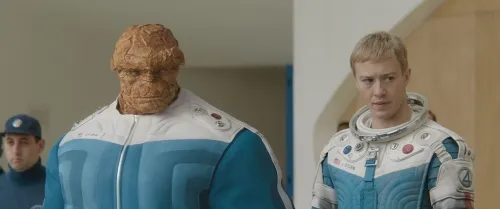Since the launch of Saints Row 2 in 2008, numerous gamers have enjoyed the pandemonium that some call a “human torch glitch,” wherein the main character’s body is engulfed in flames that strangely do not scorch the skin – though this event might actually stem from omitted content and not a glitch at all.
After I recently observed unreleased—yet still visually stunning—Saints Row prototypes at The Strong National Museum of Play, which has just obtained a collection of assets from the now-defunct developer Volition, I inquired with the director of digital preservation, Andrew Borman, about what narratives they convey regarding the action-adventure franchise.
“In the first Saints Row installment,” Borman explained, “the city experienced numerous transformations, largely due to the restrictions of the technology available at the time, along with the limited development period.”
“Initially, there were significantly more hills. The city felt much more expansive because of that, while in the end, it became quite flat.”
“I believe that this constrained some of the storytelling potential across the city,” Borman noted. “I think that’s one of the crucial aspects that influenced the first game’s development specifically.”
However, the production narrative of the second game unveils “some of the more eccentric features that ultimately got discarded,” he adds, “like the Human Torch mechanic, where you ignite yourself and dash through a shopping mall. But I believe it was removed by the conclusion.”
Apparently not successfully.

